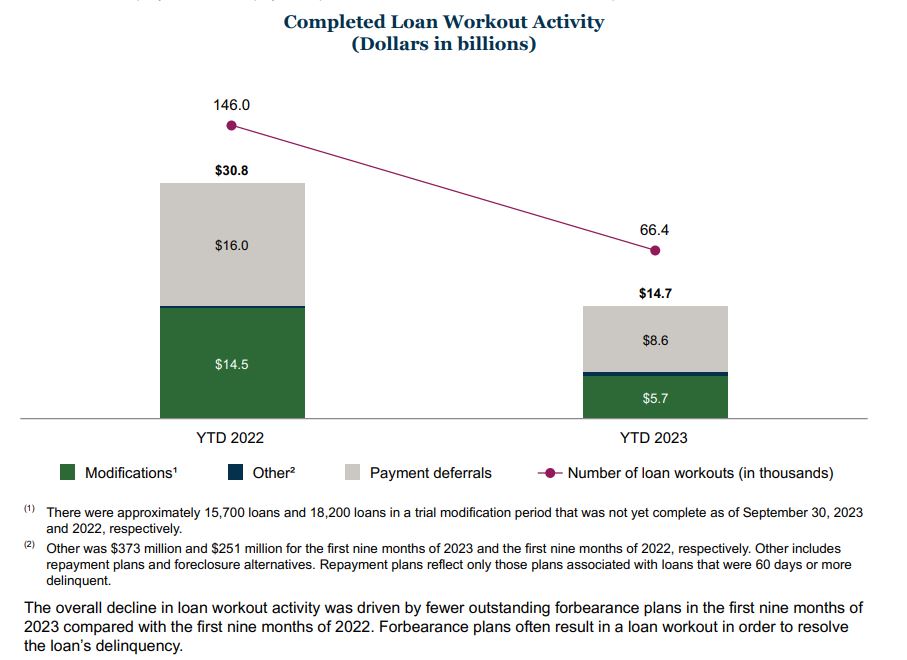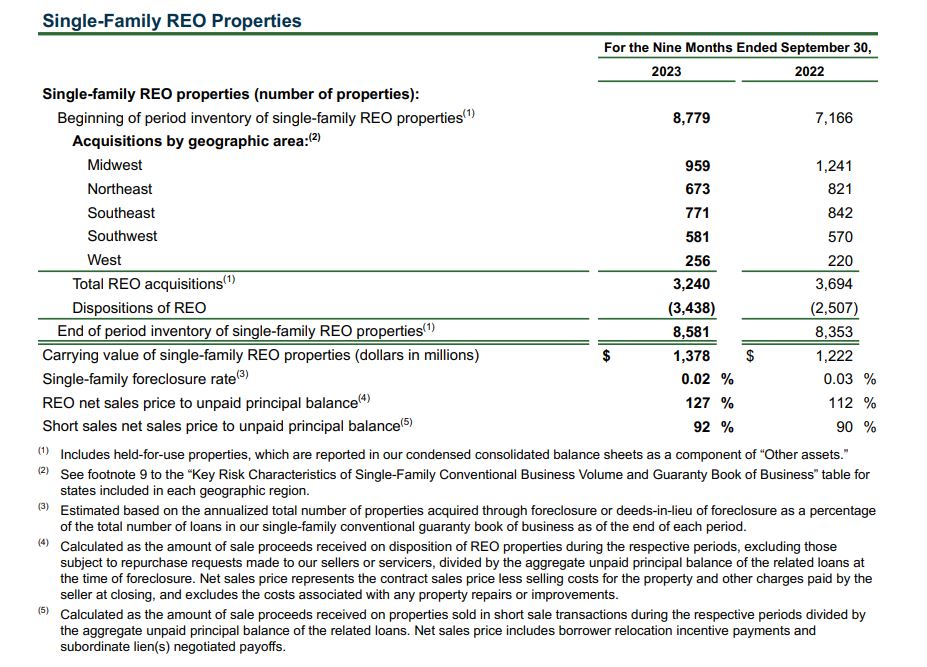The following are some highlights taken directly from the 10Q report for Fannie Mae’s quarter ending September 30, 2023.
Please visit www.fanniemae.com for the full report and more detailed information.
Single Family Mortgage Market
Origination
Housing activity decreased in the third quarter of 2023 compared with the second quarter of 2023.
The 30-year fixed mortgage rate was 7.31% as of September 28, 2023, compared with 6.71% as of June 29, 2023, and averaged 7.04% in the third quarter of 2023, compared with 6.51% in the second quarter of 2023, according to Freddie Mac’s Primary Mortgage Market Survey®.
According to the October forecast from our Economic and Strategic Research Group, total originations in the U.S. single-family mortgage market in 2023 are forecasted to decrease from 2022 levels by approximately 34%, from an estimated $2.37 trillion in 2022 to $1.56 trillion in 2023, and the amount of refinance originations in the U.S. single-family mortgage market will decrease from an estimated $730 billion in 2022 to $250 billion in 2023.
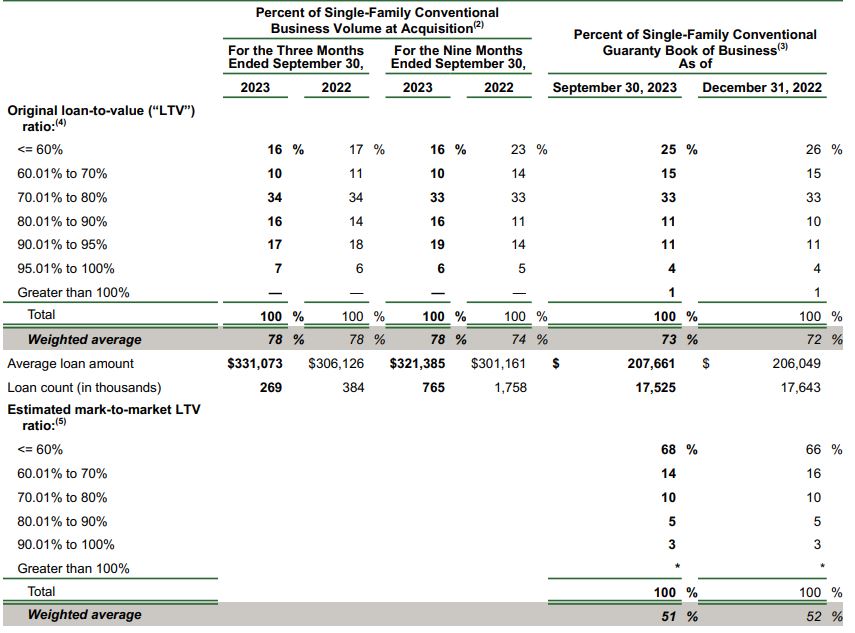
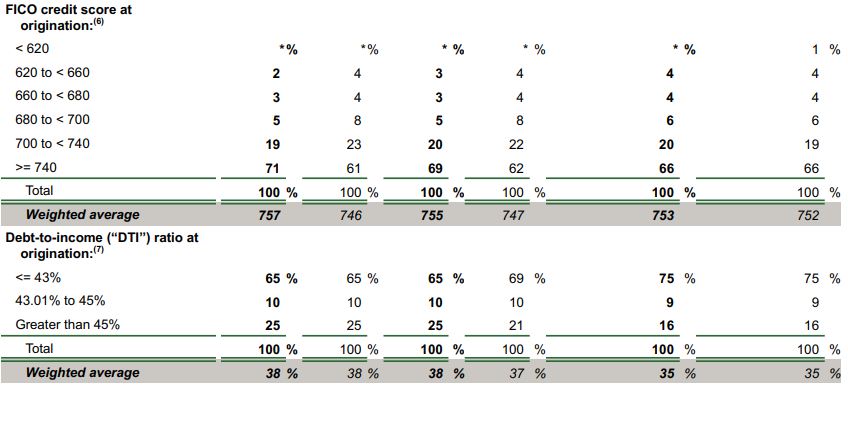
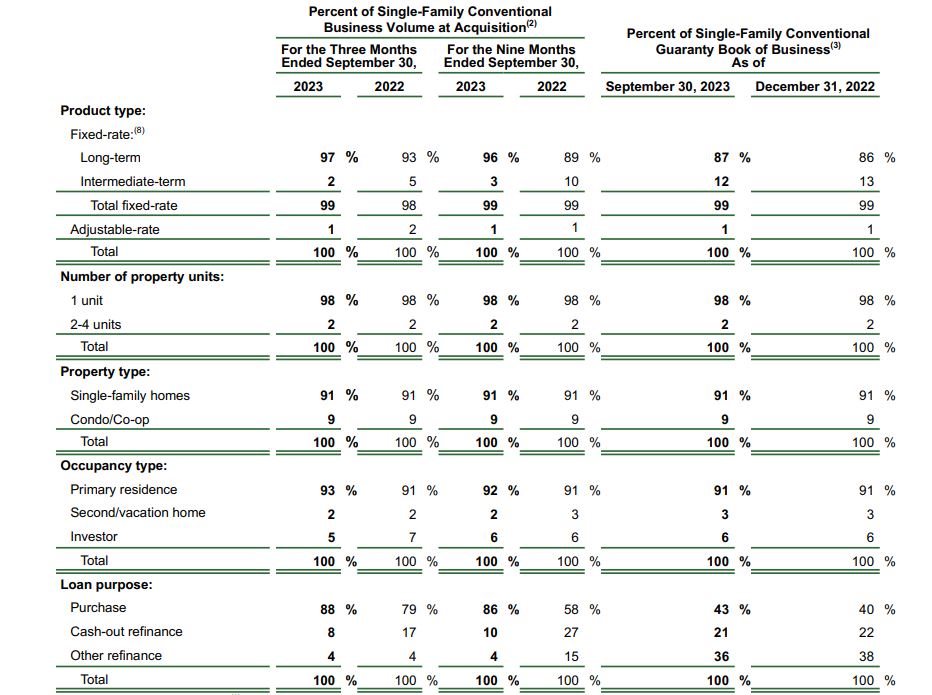
Problem Loan Management
Problem loan management consists of the strategies and procedures employed by Fannie Mae to reduce defaults and avoid losses that would otherwise occur and pursuing foreclosure alternatives to mitigate the severity of the losses they incur. Single-family delinquency rates as of September 30, 2023 remained near historically low levels.
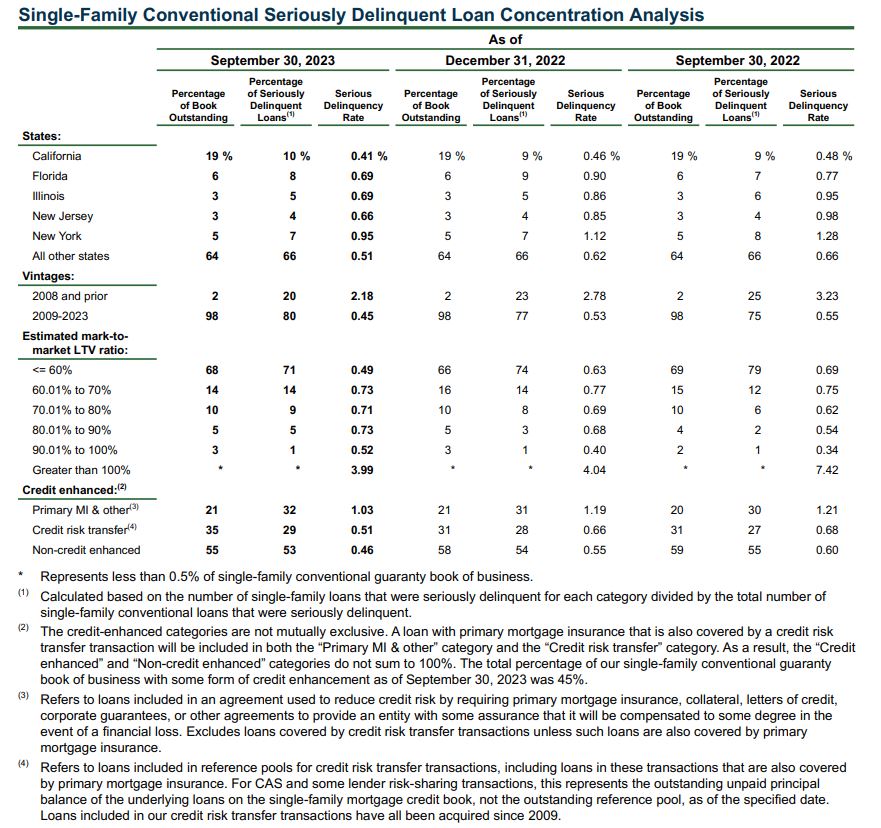
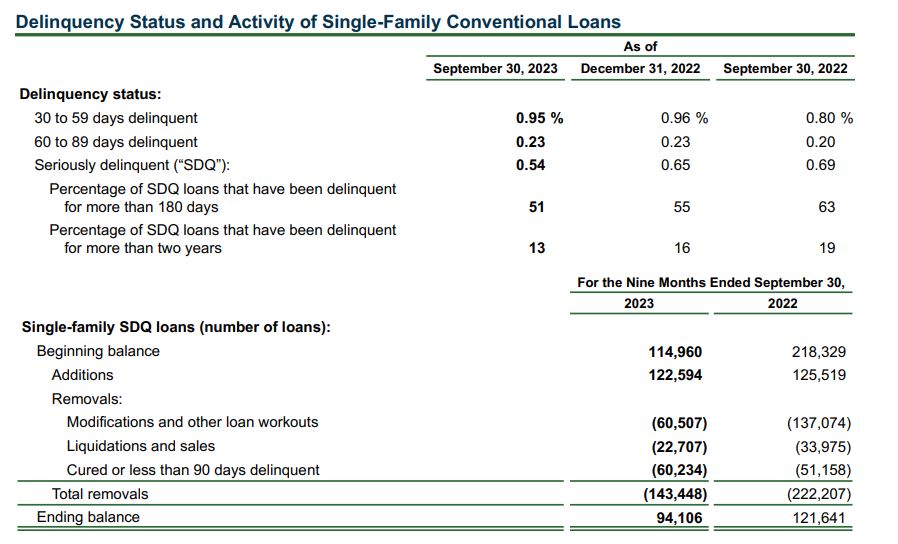
As of September 30, 2023, the unpaid principal balance of single-family loans in forbearance was $7.8 billion, or 0.2% of our single-family conventional guaranty book of business, compared with $11.9 billion, or 0.3% of our single-family conventional guaranty book of business, as of December 31, 2022.
The chart below displays the unpaid principal balance of our completed single-family loan workouts by type, as well as the number of loan workouts, for the first nine months of 2022 compared with the first nine months of 2023. This table does not include loans in an active forbearance arrangement, trial modifications, loans to certain borrowers who have received bankruptcy relief and repayment plans that have been initiated but not completed.
